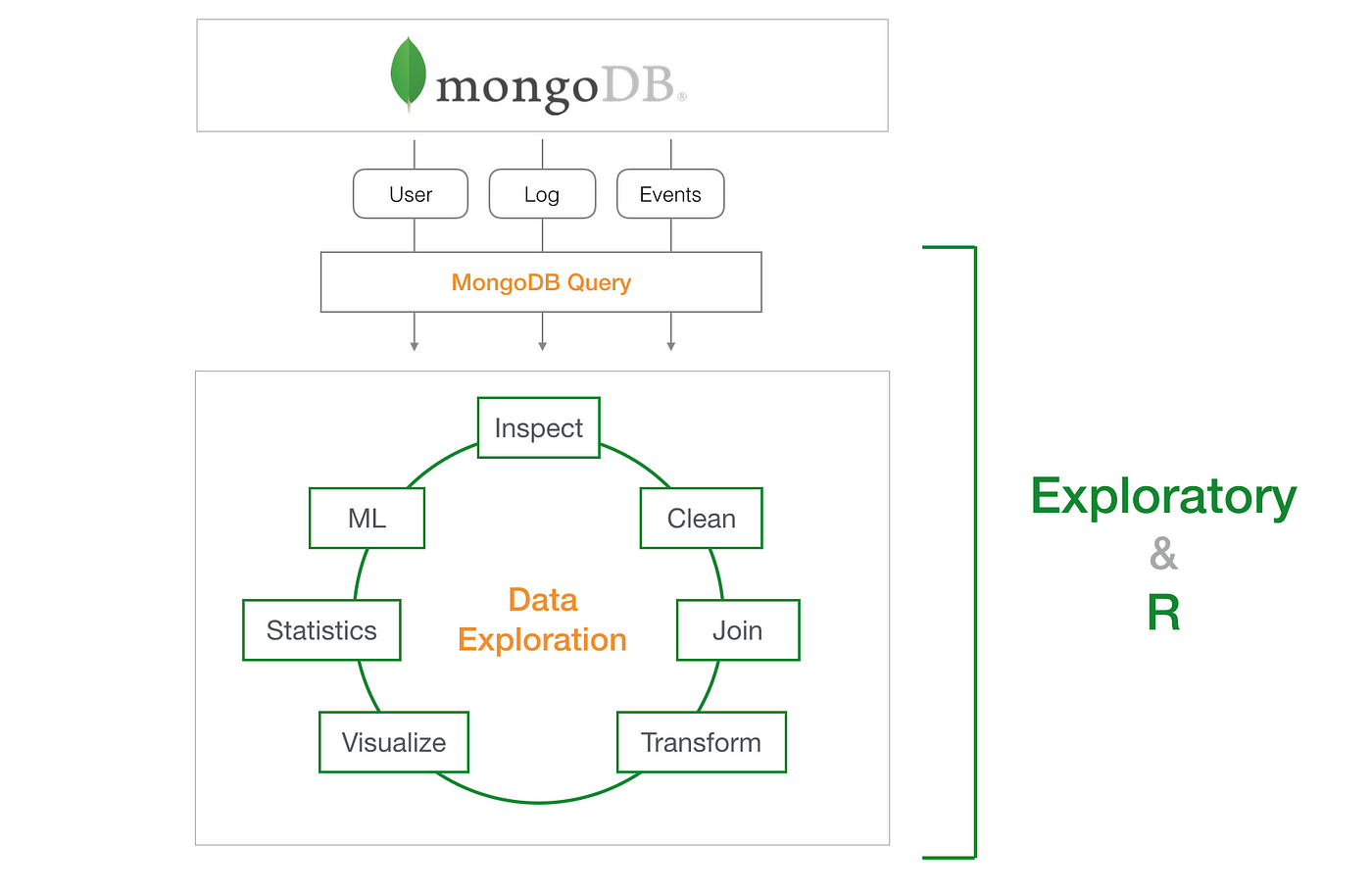Setting Up MongoDB Atlas (Cloud)
1. Introduction to the Topic
As data grows larger and applications become more complex, developers are shifting toward scalable, cloud-based databases. MongoDB Atlas is MongoDB’s Database-as-a-Service (DBaaS) platform that allows you to run, manage, and scale MongoDB clusters in the cloud without managing infrastructure. Whether you're building a web app, mobile platform, or data analytics tool, MongoDB Atlas provides a secure, scalable, and high-performance solution.
2. Explanation
MongoDB Atlas is a fully-managed cloud database developed by the team behind MongoDB. It runs on major cloud providers like AWS, Google Cloud, and Microsoft Azure, letting you deploy clusters globally in just a few clicks.
Key Benefits:
-
Scalability: Auto-scaling clusters to meet data demands.
-
High Availability: Built-in replication and backups.
-
Security: Encryption, access control, and IP whitelisting.
-
Performance Monitoring: Real-time metrics and alerts.
MongoDB Atlas is ideal for both small-scale projects and enterprise-level applications.
3. Procedure to Set Up MongoDB Atlas
Step-by-Step Guide:
Step 1: Create an Account
-
Click on Start Free and sign up using email or GitHub/Google.
Step 2: Create a New Project
-
After logging in, click on “New Project”.
-
Name your project (e.g., CollegeDBProject) and click Next.
Step 3: Build a Cluster
-
Click “Build a Cluster”.
-
Choose a cloud provider (e.g., AWS), region (e.g., Mumbai for India).
-
Choose a free tier (M0) if you're just starting out.
-
Click Create Cluster.
Step 4: Create a Database User
-
Navigate to Database Access > Add New Database User.
-
Enter a username and password.
-
Assign roles (read and write access) and click Add User.
Step 5: Whitelist Your IP Address
-
Go to Network Access > Add IP Address.
-
Click “Allow Access from Anywhere” or enter your system IP.
-
Click Confirm.
Step 6: Connect to Your Cluster
-
Go to Database > Connect > Connect Your Application.
-
Copy the connection string.
-
Replace
<password>with the password of your database user. -
Use this URI in your Node.js, Python, or any other MongoDB client.
4. Screenshot
Here are some key screenshots of the setup process:
1. MongoDB Atlas Dashboard
2. Cluster Creation
3. Database User Creation
4. IP Whitelisting
5. Connection URI
5. Future Scope
As cloud computing continues to dominate, MongoDB Atlas will become a critical infrastructure component for modern application development. Here’s why:
-
Serverless databases will allow developers to focus entirely on code.
-
Real-time analytics and AI integration with MongoDB Atlas’s aggregation framework.
-
Global replication for geo-based data storage and faster access.
-
Integration with cloud-native services (e.g., AWS Lambda, Azure Functions).
-
Edge computing support for IoT and mobile apps.
Conclusion
Setting up MongoDB Atlas is simple yet powerful. It enables students, developers, and enterprises to leverage the full capabilities of MongoDB without the hassle of server management. Whether you're building a prototype or a production-level system, MongoDB Atlas makes it easier, faster, and more secure to work with modern databases.
Stuti Soni
University: Shri Balaji University, Pune
School: School of Computer Studies
Course: BCA (Bachelor of Computer Applications)
Interests: NoSQL, MongoDB, and related technologies







nyc work informative
ReplyDeletency work
ReplyDeletenyc work
ReplyDeleteSetting Up MongoDB Atlas (Cloud)
ReplyDeletethanks
ReplyDeleteshare your thoughts in comment section
ReplyDelete